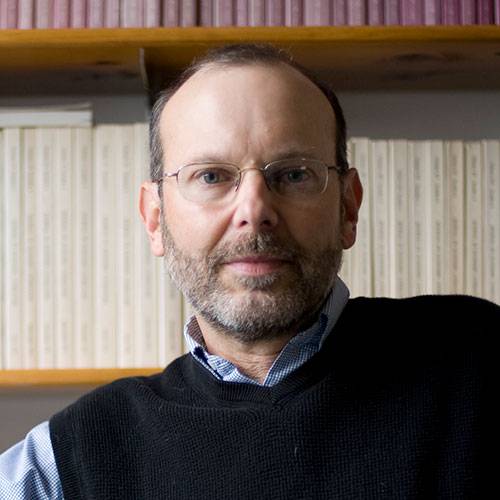
Thomas Michl
Department/Office Information
EconomicsContact
tmichl@colgate.eduDespite being retired, I continue to do research that seeks to understand the behavior of modern capitalist economies by drawing on multiple intellectual traditions, not restricted to the neoclassical orthodoxy that dominates the economics profession. The traditions that I find most helpful include the Classical economists (Adam Smith, David Ricardo, and Karl Marx) and the Keynesian economists (John Maynard Keynes, Joan Robinson, Michal Kalecki). In my opinion, it is important to practice methodological pluralism by remaining open to the rich diversity of thought in economics.
Most of my research focuses on macroeconomic questions. I co-authored (with Duncan K. Foley) a text, Growth and Distribution, almost two decades ago. We have recently revised Growth and Distribution, Second Edition to incorporate new developments in economic theory (some of it actually initiated by the first edition) and new patterns of economic growth in the era of neoliberal capitalism. We have invited a third co-author to join us, Daniele Tavani, who represents a new generation of scholars influenced by the first edition. The text has a webpage, this is the publisher's website, and you can read reviews on Amazon.
Research from this project resulted in my book, Capitalists, Workers, and Fiscal Policy: A Classical Model of Growth and Distribution as well as a series of journal articles in recent years. This book focuses on understanding fiscal issues like the national debt or the social security system in the context of the class structure of modern capitalism. To illustrate how pluralism works, the basic model combines the life-cycle theory of saving drawn from neoclassical economics with a two-class structure drawn from Classical and Keynesian economics.
Since the economic crisis that began in 2007, I have gotten more interested in understanding the nature of neoliberal capitalism, including its financial superstructure. This led to a paper on shadow banking co-authored with Hyun Woong Park. The paper highlights the central role that the repo market plays in the modern financial system.
Other recent work has focused on incorporating hysteresis in the conventional macroeconomic model that is the foundation for most teaching and policy making. Hysteresis is the idea that a shock, such as the Great Recession of 2008, has long term supply effects, permanently lowering the level of employment and output unless there is a policy effort to repair the damage. The latest published paper on this topic was co-authored with a student, Kayla Oliver '17. These two papers are summarized here.
In response to the inflation shock in the aftermath of the COVID-19 pandemic, I have worked with Robert Rowthorn on the optimal policy to reduce inflation. Because the inflation process has become anchored to the central bank's target for inflation, we argue that the best response is to let the economy repair itself without creating excess unemployment — taking full advantage of the opportunities created by anchoring. A paper with Leila Davis makes a similar point in the standard textbook model: an inverted yield curve does not necessarily predict a recession with anchored inflation.
In this same category, Daniele Tavani and I have worked on how structural shocks affect the economy in the long run using a classical growth model that has its roots in our book, Growth and Distribution, Second Edition. The model we develop also explains the after effect of the 2008 Global Financial Crisis, sometimes called "secular stagnation," and helps explain how the Covid pandemic might have affected the economy.
Finally, I have worked out a model of the inflation process that explains why a central bank that stabilizes inflation will make normal utilization of the capital stock a center of gravity. This is important because the classical models described above are meant to describe a long-run position with normal utilization. The most recent version of the model helps explain why the recent Covid inflation eroded workers' real wages, despite a strong labor market. It also argues that anchoring is mainly the result of the weak bargaining position of workers; the credibility of central banks is secondary.